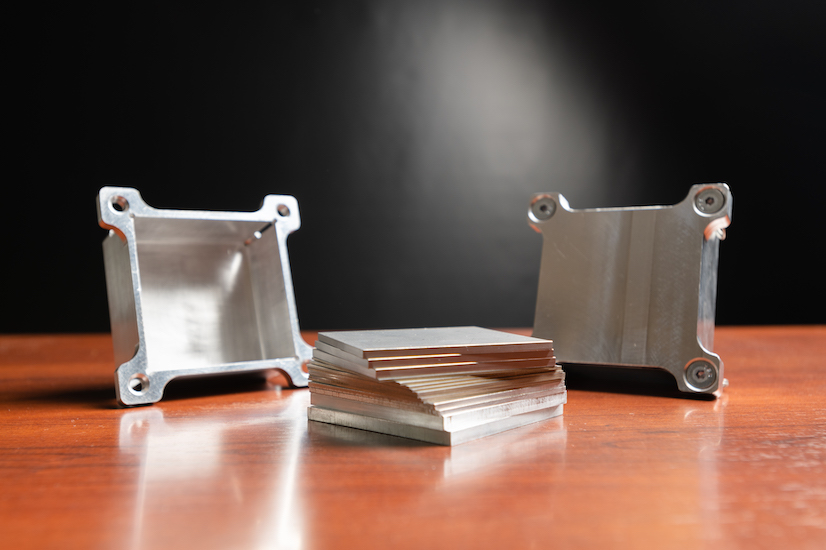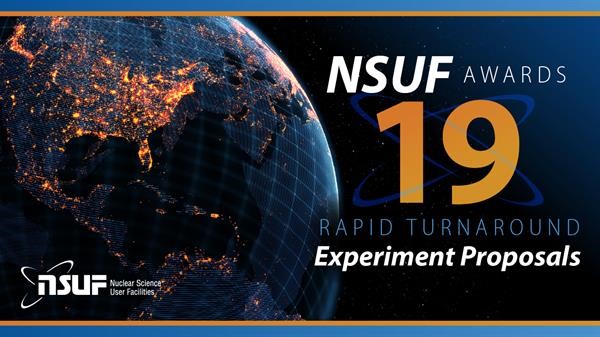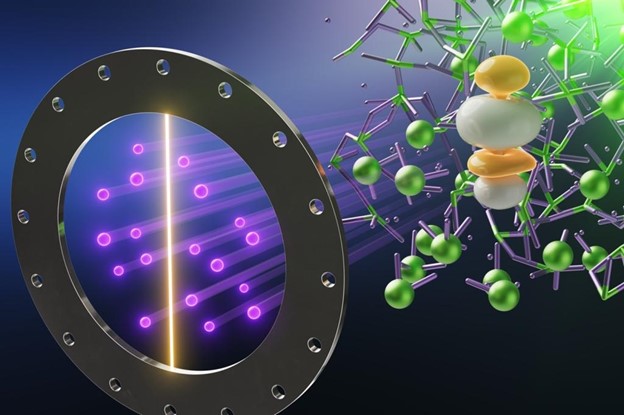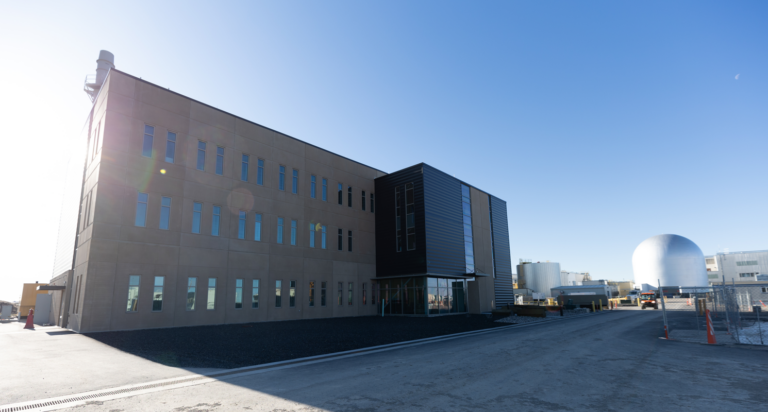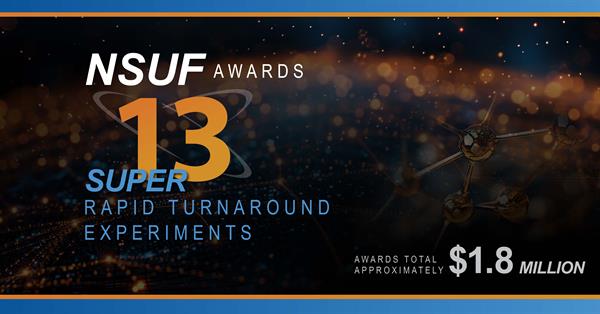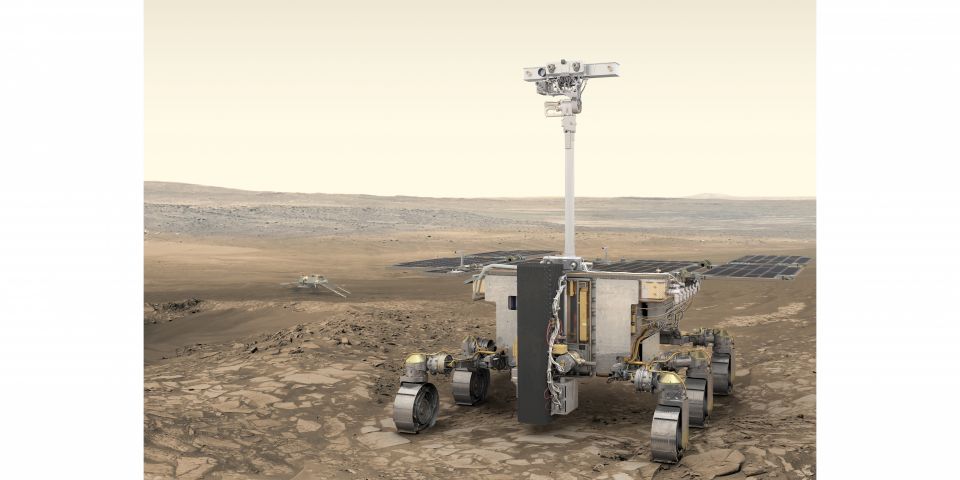Polaris Dawn: Onboard a Dragon spacecraft developed by commercial spaceflight company Polaris, experiments from PNNL and other institutions will orbit Earth at an altitude of 435 miles—nearly twice as high as the International Space Station. But first, Polaris Dawn is aiming to ascend 870 miles above Earth’s surface—higher than any person has gone since NASA’s Apollo program.
Polaris Dawn is the first of the three planned missions in the Polaris Program, and it is expected to help Polaris and its research partners, including PNNL, to better understand the effects of spaceflight and space radiation on human health.
While in orbit, the crew will contribute to research on human health during spaceflight. According to Polaris, those experiments include the following:
- Using ultrasound to monitor, detect, and quantify venous gas emboli, contributing to studies on decompression sickness.
- Providing biological samples toward multiomics analyses for a long-term Biobank.
- Research related to spaceflight associated neuro-ocular syndrome (SANS), which is a key risk to human health in long-duration spaceflight.
OHSNAP: PNNL’s experiment—the Orbital High-Energy Space Neutron Activation Project, or OHSNAP—is contained in an aluminum box of about 4x4x2 inches. Inside the box are plates of high-purity metals—cobalt, gold, iron, nickel, tantalum, titanium, tungsten, and zirconium.
Those test materials will be exposed to high-energy cosmic radiation and to neutrons created when cosmic rays strike and interact with the spacecraft.
“A lot of computer modeling has been done, but this provides us a great opportunity to actually measure neutron radiation,” said Bruce Pierson, a physicist on the PNNL team that will analyze the materials. “The radiation levels experienced by the Polaris Dawn crew and the equipment in space will be hundreds or thousands of times greater than it is on Earth. Understanding exactly what’s going on with newly created radiation products like high-energy neutrons is important for the safety of astronauts and their instruments.”
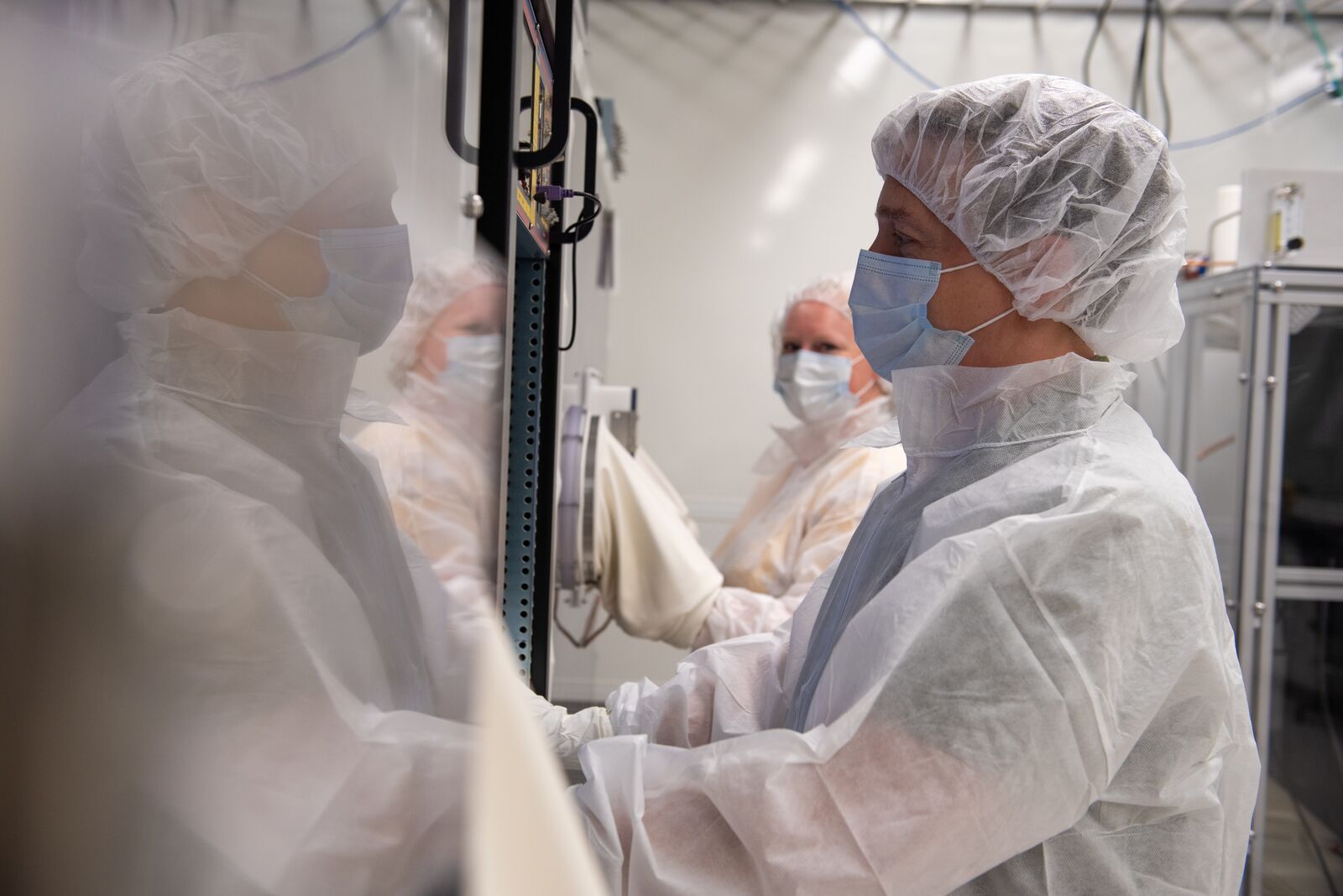
PNNL’s Shallow Underground Laboratory gives its scientists powerful abilities to detect sensitive signatures of radiation. (Photo: Andrea Starr/PNNL)
From space to underground: After splashdown, the box will be swiftly transported “by ship, helicopter, car, and plane” to PNNL’s Shallow Underground Laboratory in Richland, Wash., which is located 40 feet underground and is shielded from cosmic radiation and other background radiation.
In the lab, PNNL researchers plan to spend a few weeks studying the neutrons created during the mission to estimate the amount and type of radiation exposure that human spaceflight crews could be subjected to on future missions.
Air Force connection: PNNL’s opportunity to launch an experiment on Polaris Dawn came about through the connection of one of its scientists. Julian “Nuttman” Chesnutt served as an F-16 fighter pilot in Italy in the 1990s alongside two pilots now working on Polaris Dawn: Todd “Leif” Ericson, mission director, and Scott “Kidd” Poteet, who will be onboard as the mission pilot.
In addition to Pierson and Chesnutt, lab staff working on the experiment include Kevin Gervais, Jeff Katalenich, and Marcy Whitfield, according to PNNL.
